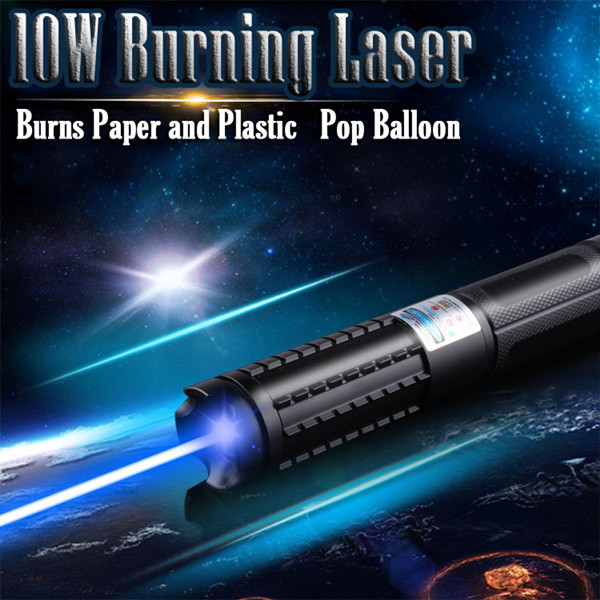A high-sensitivity scientific CCD camera is used, and the cross-sectional position of the measured beam is conjugated with the object image of the receiving surface of the CCD camera. The instrument is designed to ensure a linear response to the measured light intensity distribution when the light intensity is greatly attenuated. The combination of the attenuator and the uncoated wedge plate transfer reflector enhances the range of the instrument. Three-stage black box isolation is used to prevent xenon lamps. The interference of light and stray light reduces background noise. Data processing introduces the beam fill factor as an evaluation parameter of the near-field distribution, which describes the ratio of the geometric volume of the beam to the volume of the rectangular parallelepiped composed of high beam peaks. The monitoring of the near field instrument makes the optical path of the Shenguang II device strictly arranged according to image transmission, which greatly improves the laser pointer beam quality.
Shuguang II device far-field instrument: use telephoto lens imaging to measure the distribution of the main lobe of the far-field, and use the schlieren method to block the focal spot center point to measure the far-field side lobe. Due to the near and far-field monitoring of the beam, the Shenguang II device has maintained good beam quality for a long time: the near field fill factor is more than 50%, and the far-field focal spot 95% energy is within three times the diffraction limit, which makes the Shenguang II device so far It has been operating steadily for 16 years.
High-power laser driver beam detection methods and difficulties. Inertially constrained high-power solid-state laser drive device beam quality pursues a square flat-top Gaussian distributed near field in order to improve the energy extraction efficiency of the gain medium, reduce the risk of optical element damage caused by nonlinear effects in transmission, and reduce beam modulation caused by diffraction; The far-field distribution with high energy concentration avoids blocking holes during shooting and increases the irradiation energy.
Due to the wavefront error of the optical elements in the device and its disturbance to the beam transmission, the near and far-field distribution can not get rid of the influence of wavefront distortion anyway. Therefore, the parameters of the laser beam spatial distribution detection mainly include near-field intensity distribution, far-field characteristics, and related wavefront distortion, which reflect the beam complex amplitude distribution characteristics of the specific position of the device.
High-power green laser pointer driver near-field measurement generally uses image transfer system beam-reduced imaging. The lower the image distortion, the higher the resolution, the more frequency components to obtain the near-field distribution, but complete fidelity is impossible. For large apertures In terms of near-field distribution, fluctuations of less than mm scale are difficult to linearly image or cannot be measured. The fidelity of far-field measurement is even more difficult. The main difficulties are:
1) The dynamic range of the measurement is large and highly accurate (the dynamic range is more than 4 orders of magnitude);
2) The uncertainty of the phase distortion causes the uncertainty of the actual far-field position, and it is difficult to estimate the amount of defocus during measurement.
